Field science can be grasped in ten minutes — as I’ll try to do here — and once we understand it, it changes the quality of our experience and it changes our life.
So it matters how many people grasp and understand it. Many millions of people understand quantum physics, but fewer than a million, I’m quite sure, understand quantum biology. And how many of us understand the physics and biology of consciousness and the brain? It’s hard to estimate.
Humanity is just commencing on this journey of understanding that includes Field science. And we’ve got a long, long way to go.
In my next piece, I will summarize how the Field and consciousness and our brain and our body are all in interplay every second of our lives. First, I thought it would benefit both you and me if I put the history of Field science — both in the physical sciences and the life sciences — in a single post.
In two recent posts, we looked at the history of the physical sciences and the history of the life sciences including the milestones in understanding a universe that includes the Zero Point Field and animal and human consciousness. I will cover no new ground in this piece, but it is helping me to bring together quantum physics and quantum biology in one place, and I thought it might help you too.
Human awareness of the Field reaches back many thousands of years. What is the Tao if not the Zero Point Field and what is Taoism if not a way of living in harmony with the Field? In both dualistic and nondualistic Hinduism, (to oversimplify), ultimate reality is Brahman — the pervasive, infinite, nonphysical creative consciousness that is the cause of all existence and change. Ultimate reality is the Field.
The West has been a bit slower on the uptake, and usually oblivious. However, in Germania in the 1790s, we can find the seminary classmates and friends G.W.F. Hegel, Friedrich Holderlin, and Friedrich Schelling — in their twenties — founding the philosophy of German Idealism as they developed their views of both God and “the Infinite”, which they combined into what they called the Absolute. So Christianity was no hindrance to discussing the Field; it just didn’t happen very often.
But let’s set aside religion and philosophy (for the moment) and look solely at the past 125 years and solely at scientists’ approach to the Zero Point Field.
All my best,
Mike
Let’s start with quantum physics:
In 1900, Max Planck founded quantum physics when he showed that light and other e-m waves are emitted in chunks or packets – quanta – including quanta of light called photons. In 1911, Planck proved that “empty” space is bursting with activity.
In the 1920s, Niels Bohr, Erwin Schrodinger, Werner Heisenberg, and Wolfgang Pauli established quantum mechanical field theory. Quantum calculations showed that we and the physical universe are embedded in a moving “sea” of quantum-level energy.
Heisenberg proposed that every particle has a wave. Schrodinger’s model replaced orbiting electrons with vibrating frequencies of electron-waves.
In the 1940s, physicist David Bohm — Albert Einstein’s protege — established that in plasma the electrons act as a whole with organic qualities. Then Bohm observed that electrons in metals behave in an organized way, as if each “electron” is “mind-like” and knows what untold trillions of other electrons are doing. Later Bohm proved that under the right circumstances an electron is able to “feel’ the presence of a magnetic field. This has since been proven in many experiments.
In 1952, Bohm proposed a field that pervades all space and acts as a primary organizing reality.
In 1969, physicist Timothy Boyer proposed the Zero Point Field.
By 1980, David Bohm proposed that all particles are unfolded and sustained by a constant influx from an implicate order, until they enfold back into it. Moment by moment, these dynamic enfoldings and unfoldings create our universe.
In Bohm’s paradigm, no electron or particle is ever separate from the implicate order, which fundamentally affects it. Each electron and particle acts like a radio, translating (from its wave) information (that each wave carries about the surround environment) into movement.
And waves? They flow out of the implicate order. The universe as a whole organizes its sub-wholes and gives structure and form to each sub-structure and each particle.
By the time he died in 1992, Bohm had shown how the universe can enfold information and meaning into each part of the universe.
In 1975, in what is called the Aharanov-Bohm effect (posited in 1959), Tai Tsun Wu, Chen Ning Yang, and Terence W. Barrett showed two potentials that (1) control the phase of e-m fields and (2) mediate between e-m fields and the Zero Point Field.
[That’s Tai Tsun Wu.]
In 1982, Alain Aspect, Jean Dalibard, and Gerard Roger proved that photons communicate without any known physical process. There is an intrinsic connection between particles in a quantum system, and John A. Wheeler has shown that in photons this connection lasts billions of years.
[That’s Alain Aspect.]
In the 1980s and 1990s, physicist Hal Puthoff perfected and powerfully advanced Timothy Boyer’s initial findings and theory, including showing mathematically that via waves, electrons constantly lose and gain energy from the Zero Point Field. In Puthoff’s framework:
1. All matter is surrounded with zero-point energy, and electrons “refuel” from the Field.
2. All the energy in the Field exceeds all the energy in matter by 100,000,000,000,000,000,000,000,000,000,000,000,000 times.
3. Zero-point energy generates the world of matter that fills space-time.
4. Gravity is an after-effect from the presence of matter in the Zero Point Field.
In 1994, Puthoff, Bernard Haisch, and Alfonso Rueda showed that inertia is resistance to being accelerated by the Zero Point Field, which grips onto subatomic particles every time an object is pushed. Inertia gives substance to matter.
In 1995, Haisch, Rueda, and Daniel Cole showed that “the universe owes its very structure to the Zero Point Field”. The Field causes energy particles to accelerate and thus concentrate into matter.
[That’s Bernard Haisch, who’s written a whole book about how the Zero Point Field and God are the same thing — a topic we’ll get back to.]
In 2004, physicist Shahriar Afshar proved that even individual particles continue to act as waves. Afshar proposes that it is waves that are fundamental.
So by the dawn of the 21st Century we knew that the Field stabilizes every “holon” in the natural universe, including every atom and every solar system. Interacting with particles – crystallized points of Field energy – and with systems of particles, the Field determines mass and all other physical properties of nature.
And we know that everything we see or hold in our hands is grouped charges of energy (and information) interacting with the ceaseless waves of this plenum, this matrix – made of a special kind of quantum light – that we call the Zero Point Field.
Let’s switch over to quantum biology:
In 1929, the psychologist Karl Lashley proved that memory and perception are distributed, somehow, beyond the brain. Lashley rendered credible the view that during each mental function, something beyond the brain is using available neurons in certain parts of the brain.
In the 1940s, the anatomist and bio-electric theorist Harold Burr discovered that around each animal (at every age) there is an electric energy field shaped like an adult animal of that species.
In the mid-20th-Century, the neurosurgeon, psychologist, and psychiatrist Karl Pribram showed that during perception, the brain transforms what an animal or person sees, hears, tastes, smells, and touches into waves – and then transforms these waves into perceived sights, sounds, tastes, smells, and tactile events.
Pribram proposed that animals and people perceive everything as the brain resonates with and “reads” – translates from the senses – frequencies of quantum waves. The brain is a discriminating frequency analyzer.
In the early 1970s, the geodesist Hans Frohlich discovered that each organism is infused with fields that radiate into the environment at specific resonating frequencies. The frequency of each molecule, cell, tissue, and organ coordinates its behavior with all others.
In 1976, the biophysicist Fritz-Albert Popp proved that living beings emit light that has nothing to do with photosynthesis. Certain frequencies of these biophotons can switch on body processes when molecules in our cells respond to them.
In Popp’s empirically-proven theory, all living beings emit a permanent current of photons and:
(1) DNA sends out frequencies.
(2) Biophoton emissions and DNA together form a single cell into a living being.
(3) In all life, cells organize and molecules assemble into forms as collective vibrations cause proteins to cooperatively carry out instruction of the DNA and cellular proteins.
(4) Biophotons are conductors – the binding collective vibrations – orchestrating each living body, getting genes and cells to operate in unison. And
(5) Animals exchange photons with each other.
In 1979, Karl Pribram was proven right: The neuropsychologists Russell and Karen De Valois proved that brain cells respond not to patterns but to equations. The equations called Fourier transforms are what translate patterns into waves and back into patterns.
In 1981, the biochemist and scientific philosopher Rupert Sheldrake proposed fields that are rhythmic, resonating frequencies of information – and proposed that they (1) form and organize matter, (2) guide and influence the habits of matter, and (3) serve as the memory of matter.
(Sheldrake went down some rabbit holes like the crop circles hoaxes and lost much of his credibility, but that key element of his theory remains valid.)
In the 1980s, the quantum biologist Peter Gariaev proved repeatedly that photons arrange in an ordered pattern in the presence of human DNA.
In these same years, the radiologist and mathematician Walter Schempp discovered that information about shape and other features of an object is carried in quantum fluctuations in the Zero Point Field. Schempp proved what Hal Puthoff predicted: the Zero Point Field is a vast memory.
(Zero-point information can be assembled into 3-D images. For example, MRI machines turn information encoded in the Zero Point Field into images – using, as our brain does, Fourier transforms.)
By the late 1980s, Pribram, Schempp, and the physicist Peter Marcer had all independently discovered that animals and human beings perceive the world by tuning into the Zero Point Field – that we construct our images and sense-impressions of the world out of quantum information.
In the late 1980s, anesthesiologist and psychologist Stuart Hameroff developed the hypothesis that quantum processes are implemented in the microtubules – and thus that the microtubules are the site of consciousness.
Hameroff found coherence among neighboring tubules, which resonate in unison. These tubules are exceptional conductors of pulses. Hameroff came to see them as “light pipes” acting as “wave guides” for photons – tiny tracks for light waves throughout the body of each animal and human being.
In 1989, the physicist Roger Penrose proposed that consciousness arises as quantum systems interact with physical systems. Not from information processing that is mechanical alone — from neurons and synapses – but from information processing that is both (simultaneously) quantum and mechanical. Consciousness arises from an influence embedded in quantum spacetime – and is then significantly amplified in the neurons.
In 1992, physicist Kunio Yasue and neuroscientist Mari Jibu proposed that the quantum messaging of the brain takes place through vibrational fields along the microtubules.
In 1994, Pribram, Yasue, Hameroff, and the physicist Scott Hagan jointly proposed a new super-theory about consciousness:
Brought into coherence and cooperation through quantum communication (mediated by microtubules), photons travel along light paths of the body as if transparent. At its most basic level, consciousness is coherent quantum light.
And beginning in the years leading up to 1994, Roger Penrose and Stuart Hameroff merged their theories.
Together, Penrose and Hameroff proposed that the seat of consciousness is in the quantum and electrical activity of the microtubules.
Consciousness arises as microtubules and their connecting proteins influence and are influenced by activity at the synapses between neurons.
Consciousness is found in the oscillating, resonating quantum wave activity in the rings in the helix-like pathways throughout the lattices of the microtubules.
If proven, does the Penrose-Hameroff theory – which they updated with new peripheral assumptions in 2014 – solve “the hard problem of consciousness”?
At a minimum, Hameroff and Penrose have opened up a promising new line of inquiry. And a rich new dialogue between philosophy and science.
In 1998, the physicist Ezio Insinna discovered that microtubules have a signaling mechanism. He hypothesized that they transfer electrons.
And in 2022, Hameroff and the biophysicist Jack Tuszynski demonstrated that anesthesia augments “delayed luminescence” – the re-emitting of trapped light by microtubules (and tubulins). They are now investigating whether this phenomenon arises from super-radiance or has some other quantum origin.
(To oversimplify, anesthesia is important because it can “turn off” consciousness and thus show us what “turns on” consciousness.)
Also in 2022, the chemist Gregory Scholes and nano-biologist Aarat Kalra excited the molecules within tubulins – with lasers – causing unexpectedly long and wide excitations through microtubules. And this did not occur when repeated under anesthesia. (However, we need to be careful not to make too much of these preliminary results, as this is such a complex activity of the brain.)
No matter how valid the 1994 super-theory and the 1994 / 2014 Penrose-Hameroff theory prove to be, the consensus in 21st Century brain research is that consciousness arises from brain activity coupled to self-organizing ripples at a fundamental level of physical reality.
That now seems indisputable, and so does this: In every moment of life, from that dynamic unfolding and enfolding called the Zero Point Field, each animal and human brain transforms zero-point energy and information, as they enter our senses, into our perceived reality.


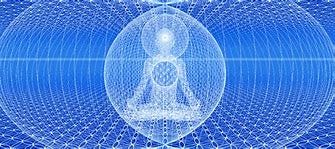
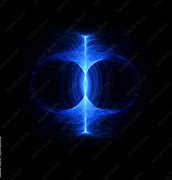
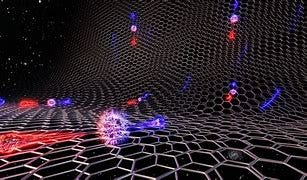

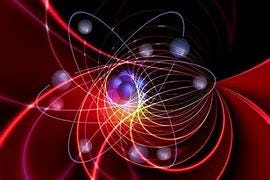
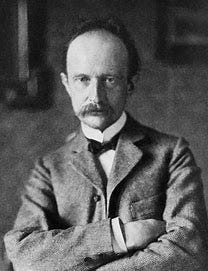

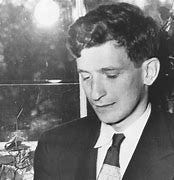

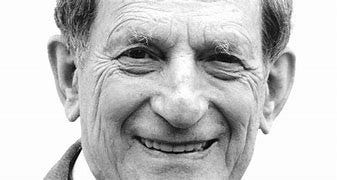
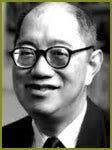

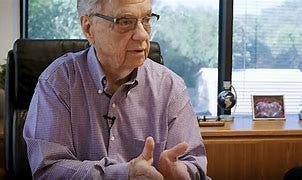
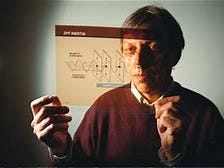

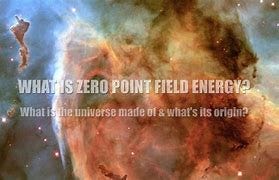



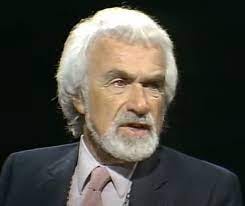
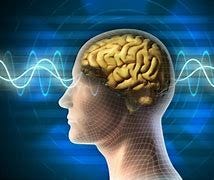


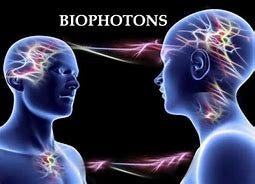
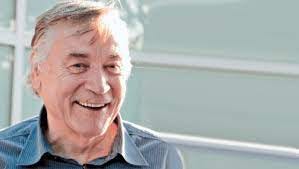
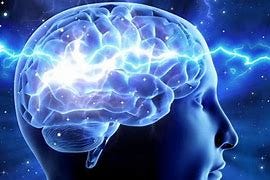

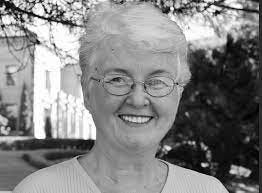
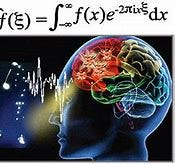
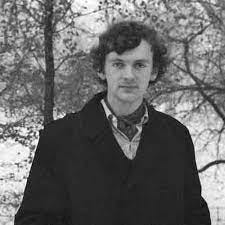
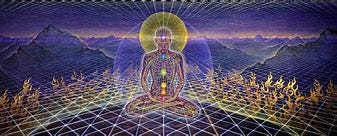
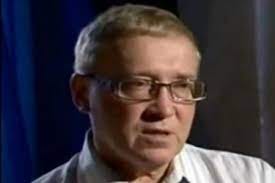

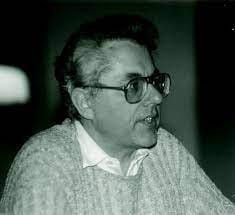
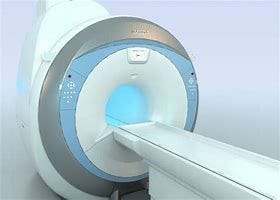
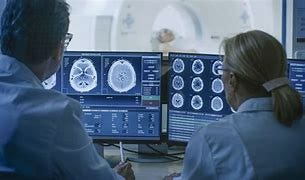
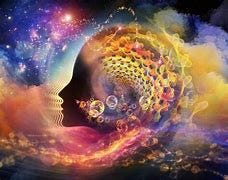
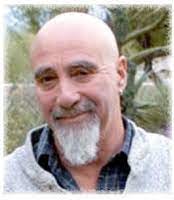










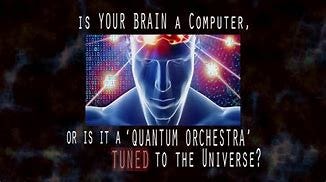
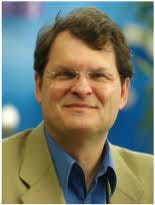
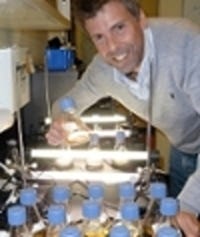

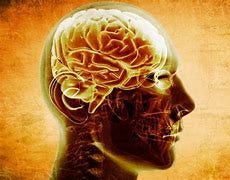

Very interesting! And comprehensive